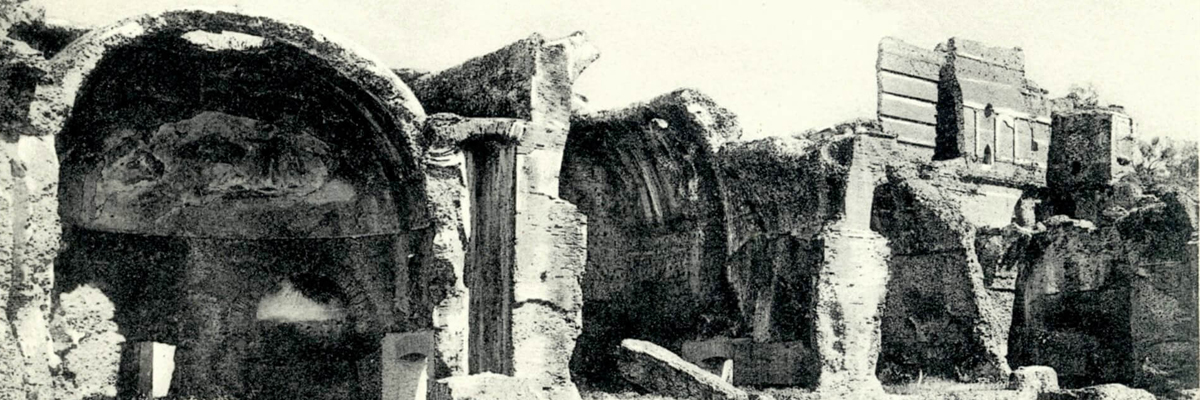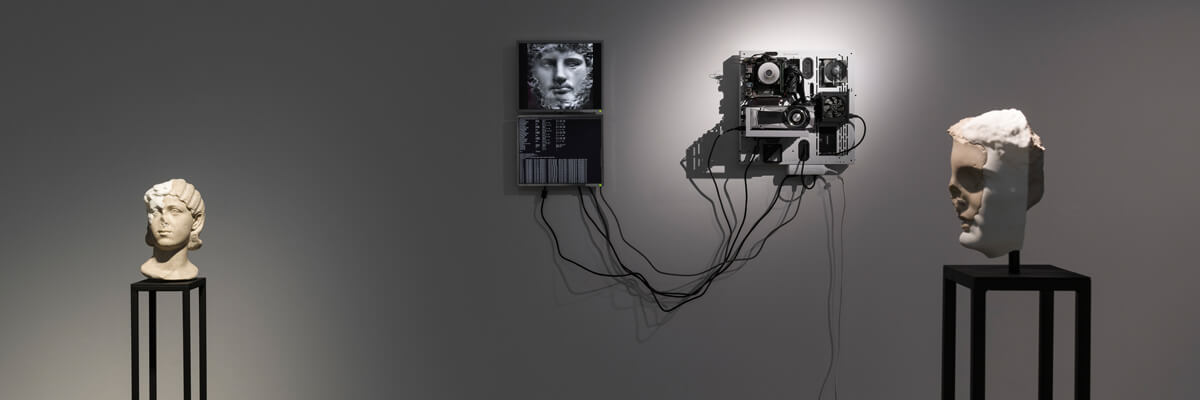The pandemic which is affecting the entire planet is changing our lifestyle and forces us to classify activities according to their level of ’necessity‘. Culture does not seem to be one of them: it is banned by fear.
The most beautiful public sites in the world – crowded before COVID-19 – have become deserted, almost ghostly places that instill anxiety. Museums, galleries, theatres, cultural institutions respond to this forced closure by challenging the ‚fear of culture‘ and promoting online events, virtual visits, weblogs, open access publications, and zoom webinars through social media.
„Cristina Ruggero on Hadrian’s Villa: Walks with the necessary distance“ weiterlesen


